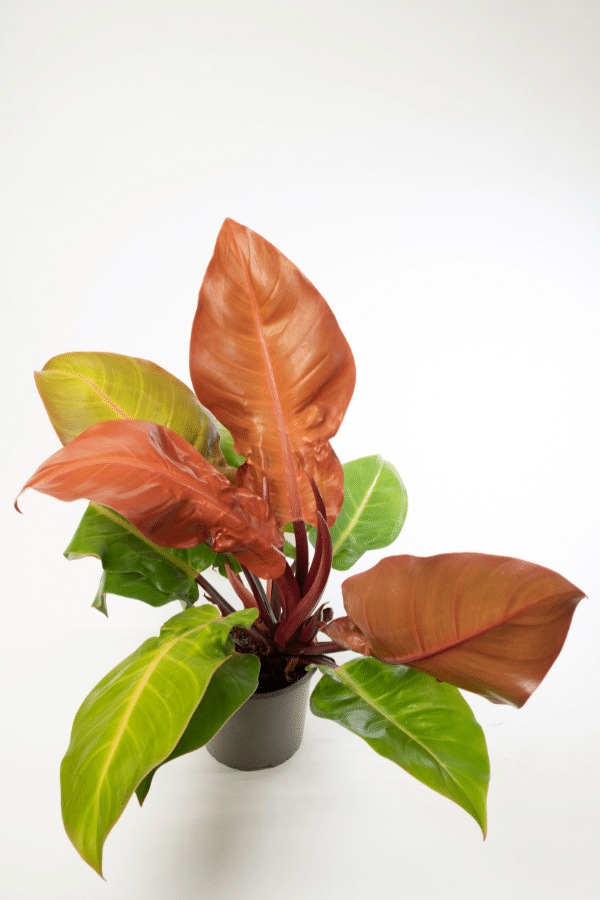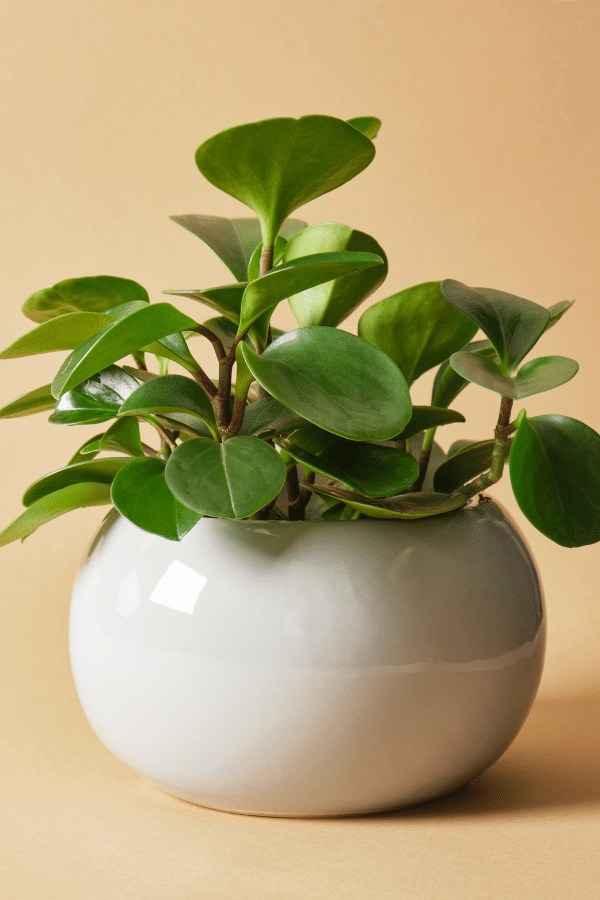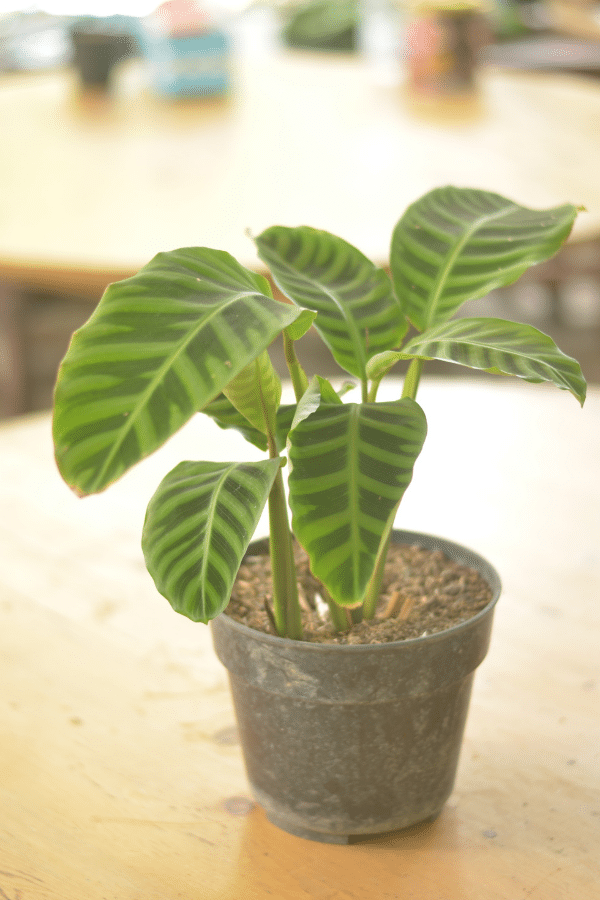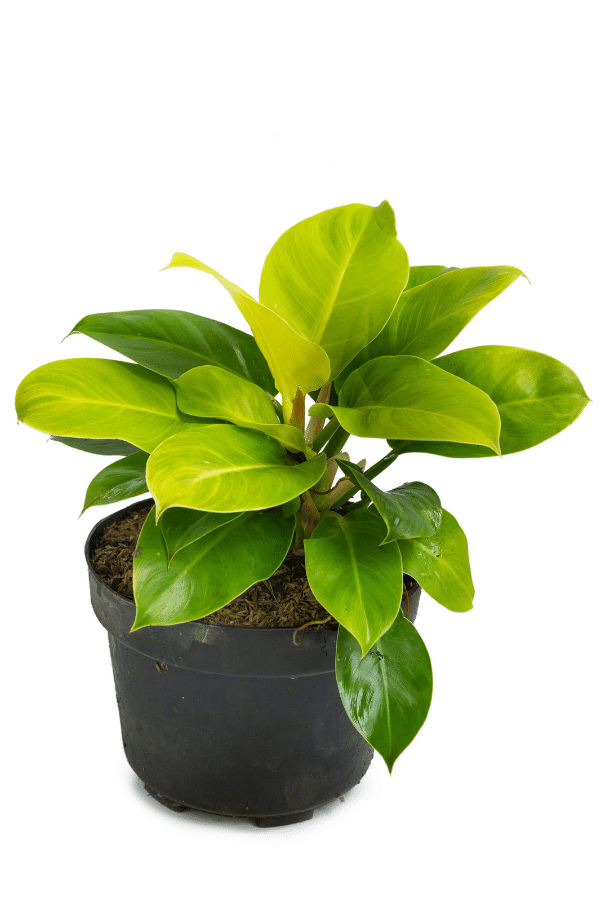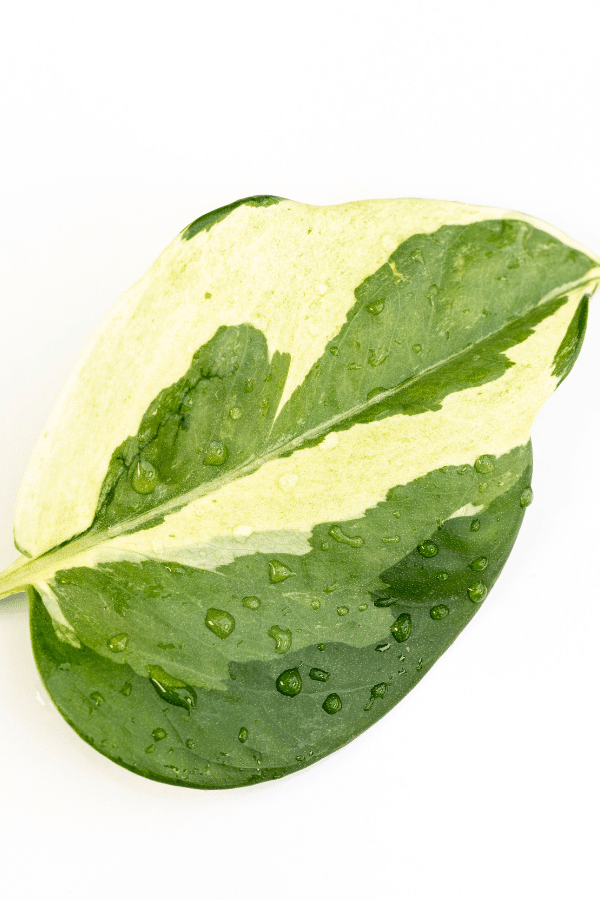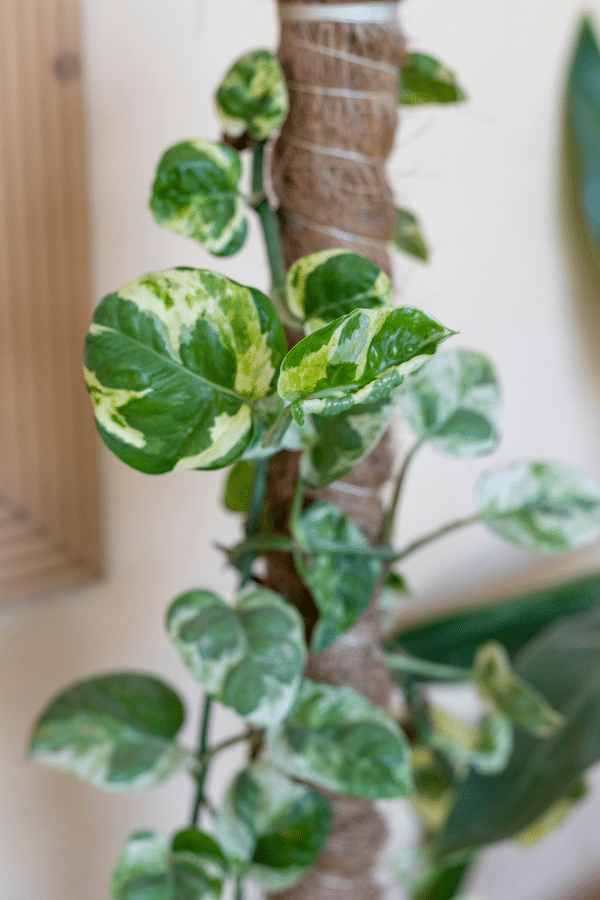Rhaphidophora Decursiva vs. Epipremnum Pinnatum
When it comes to choosing the perfect indoor plant, there are a variety of options to consider. Two popular choices are the Rhaphidophora Decursiva and the Epipremnum Pinnatum. Both plants are known for their lush foliage and ease of care, making them great options for beginners and experienced plant owners alike.
The Rhaphidophora Decursiva, also known as the “Dragon Tail,” is a tropical plant native to Southeast Asia. It features large, glossy leaves that resemble the shape of a dragon’s tail. This plant is known to grow well in low-light conditions and for its air-purifying abilities. It is also popular for those looking to add a touch of greenery to their bathroom, as it can tolerate high humidity levels.
On the other hand, the Epipremnum Pinnatum, is a fast-growing vine native to tropical regions of Asia and the Pacific. It features heart-shaped leaves that can grow up to one foot in length. This plant is known for its ability to purify the air and its adaptability to different lighting conditions. It is also a popular choice for those looking to add a touch of greenery to their office space, as it can thrive in artificial light.
Rhaphidophora Decursiva Overview
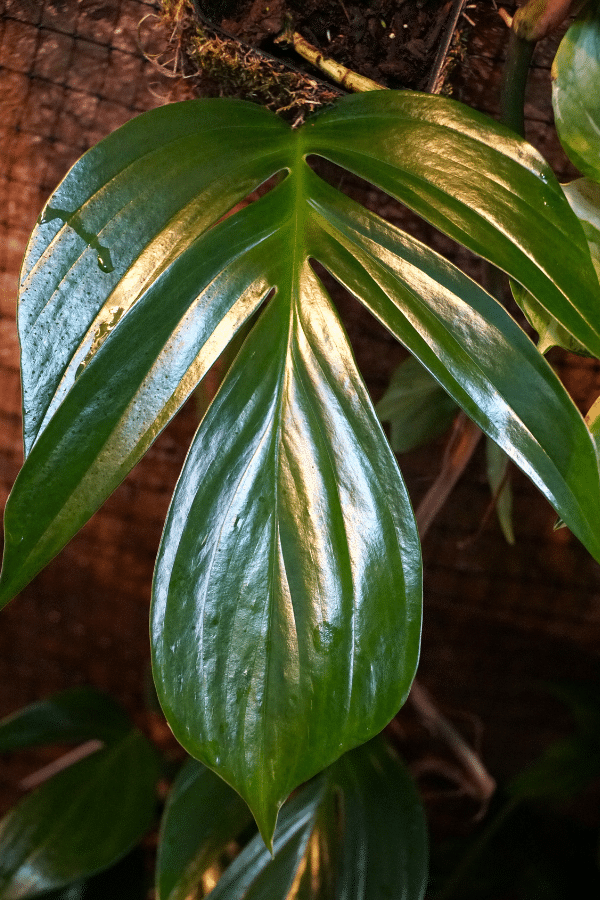
When it comes to indoor plants, Rhaphidophora Decursiva is a popular choice for its unique appearance and easy care. This plant is also known as the Dragon Tail Plant due to the shape of its leaves, that resemble the tail of a dragon.
Rhaphidophora Decursiva is native to Indochina, Southern China, and Australia and belongs to the genus Rhaphidophora. It is a member of the Araceae family, which includes other popular indoor plants like the Epipremnum Pinnatum.
This plant is an excellent choice for beginners because it is relatively easy to care for. It prefers bright indirect light and well-draining soil with good aeration, such as a potting mix with perlite and orchid bark. Rhaphidophora Decursiva also requires regular watering to keep the soil moist, but be careful not to overwater as this can lead to root rot.
To propagate Rhaphidophora Decursiva, stem cuttings can be taken from the plant and rooted in water or soil. Pruning can also be done to keep the plant looking neat and tidy, but make sure to use clean scissors to avoid infection.
Rhaphidophora Decursiva is generally pest-resistant but can be susceptible to mealybugs and spider mites. Insecticidal soap can be used to treat these pests, but be sure to follow the instructions carefully.
Overall, Rhaphidophora Decursiva is a beautiful and easy-to-care-for plant that can add a unique touch to any indoor space. With proper care and attention, this plant can thrive and bring joy to your home for years to come.
Epipremnum Pinnatum Overview

Epipremnum Pinnatum, also known as Dragon Tail Plant, which yes, is the same common name for Rhaphidophora Decurisva, making it more confusing to understand the difference between the two! This is an indoor plant in the Araceae family that is native to Asia and the Pacific.
One of the most notable features of the Epipremnum Pinnatum is its ability to grow well in a variety of conditions. It can thrive in bright indirect light or low light and can tolerate both filtered and tap water. However, it is important to avoid overwatering as it can lead to root rot. Make sure to use well-draining soil with organic matter, such as peat moss, perlite, or orchid bark, and ensure that the pot has drainage holes.
Epipremnum Pinnatum has a juvenile form with smaller leaves and perforations and a mature form with larger leaves and no perforations. It can grow up to 10 feet long and can be trained to climb poles or moss poles. It also has cataphylls, which are small leaves that protect the new growth.
To propagate the Epipremnum Pinnatum, you can use stem cuttings with at least two nodes and petioles. Make sure to prune the plant regularly to encourage bushier growth and remove any damaged or yellowing leaves. Pests like mealybugs and spider mites can be controlled with insecticidal soap or by wiping the leaves with a damp cloth.
Differences Between Rhaphidophora Decursiva & Epipremnum Pinnatum
When it comes to Rhaphidophora Decursiva and Epipremnum Pinnatum, there are a few key differences that you should be aware of.
- Rhaphidophora Decursiva has split leaves resembling a dragon tail, while Epipremnum Pinnatum has heart-shaped leaves and is often confused with other Pothos plants.
- Rhaphidophora Decursiva has nodes that produce cataphylls that cover new growth, while Epipremnum Pinnatum produces petioles.
- Rhaphidophora Decursiva prefers well-draining soil with perlite, while Epipremnum Pinnatum can tolerate a broader range of soil types.
- Rhaphidophora Decursiva requires higher moisture levels than Epipremnum Pinnatum, but both plants are susceptible to pests such as mealybugs and spider mites.
- Rhaphidophora Decurisva is one plant, versus there are varieties of Epipremnum Pinnatum, such as Epipremnum Pinnatum Baltic Blue, Epipremnum Pinnatum Cebu Blue, and Epipremnum Pinnatum Albo.
- Rhaphidophora Decursiva has glossy leaves and a rich dark green color, while Epipremnum Pinnatum does not have glossy leaves.
Similarities Between Rhaphidophora Decursiva & Epipremnum Pinnatum
Although Rhaphidophora Decursiva and Epipremnum Pinnatum have some differences, there are also several similarities between the two plants that are worth noting. Both plants belong to the Araceae family and are often confused with each other due to their similar appearance. Here are some similarities between Rhaphidophora Decursiva and Epipremnum Pinnatum:
Appearance – Both Rhaphidophora Decursiva and Epipremnum Pinnatum have split leaves. They also have aerial roots that can cling to moss poles or climb any support you give it. Both plants have nodes along their stems, where new growth can occur. Additionally, both plants prefer well-draining soil and benefit from adding perlite or other materials that improve aeration.
Care – Rhaphidophora Decursiva and Epipremnum Pinnatum both require similar care in terms of moisture and pests. They prefer to be kept moist but not waterlogged and can be susceptible to mealybugs and spider mites. Pruning is also important for both plants, as it encourages new growth and helps to maintain their shape. Stem cuttings can be taken from both plants for propagation.
In conclusion, Rhaphidophora Decursiva and Epipremnum Pinnatum are similar in many ways, but they also have some differences that set them apart. Whether you choose to grow one or both of these plants, it’s important to provide them with the proper care and conditions to ensure their health and longevity.

